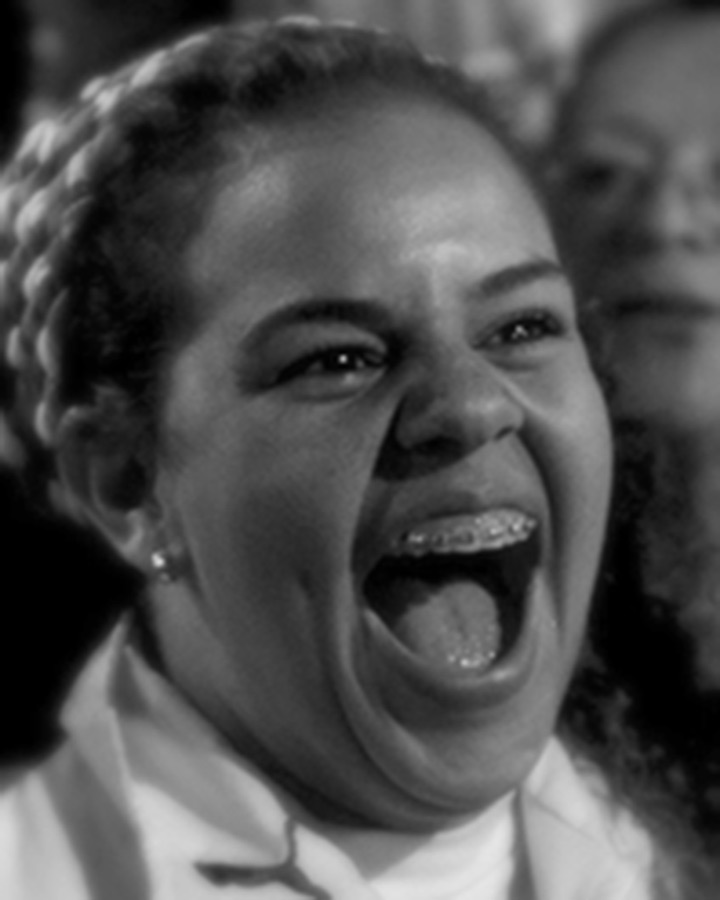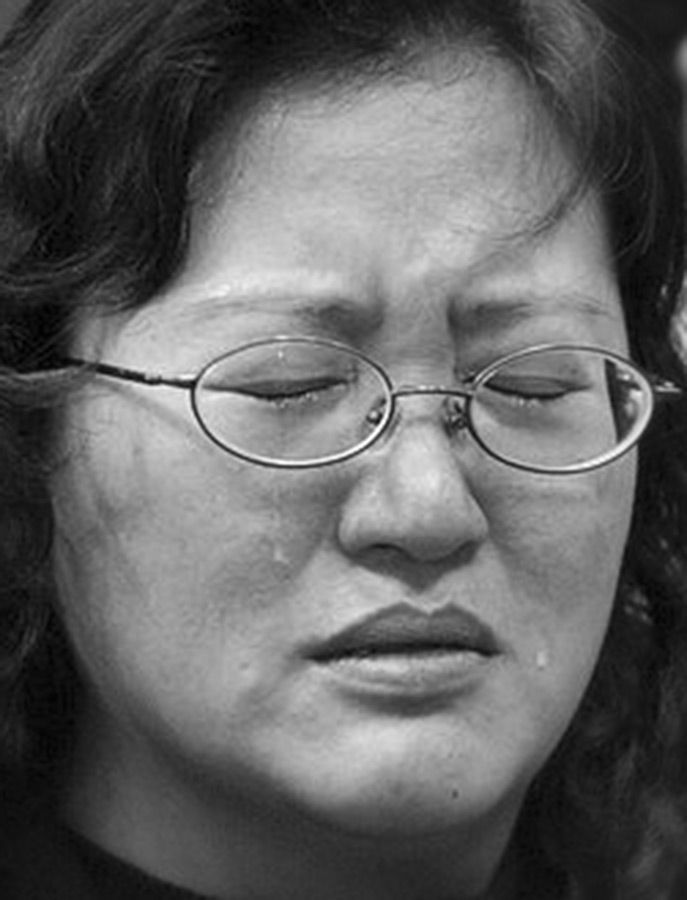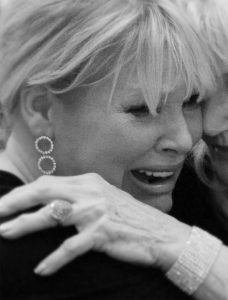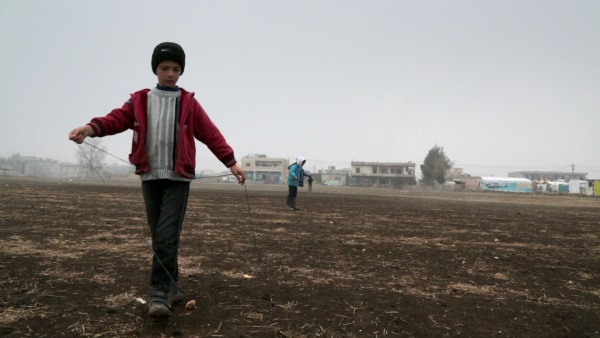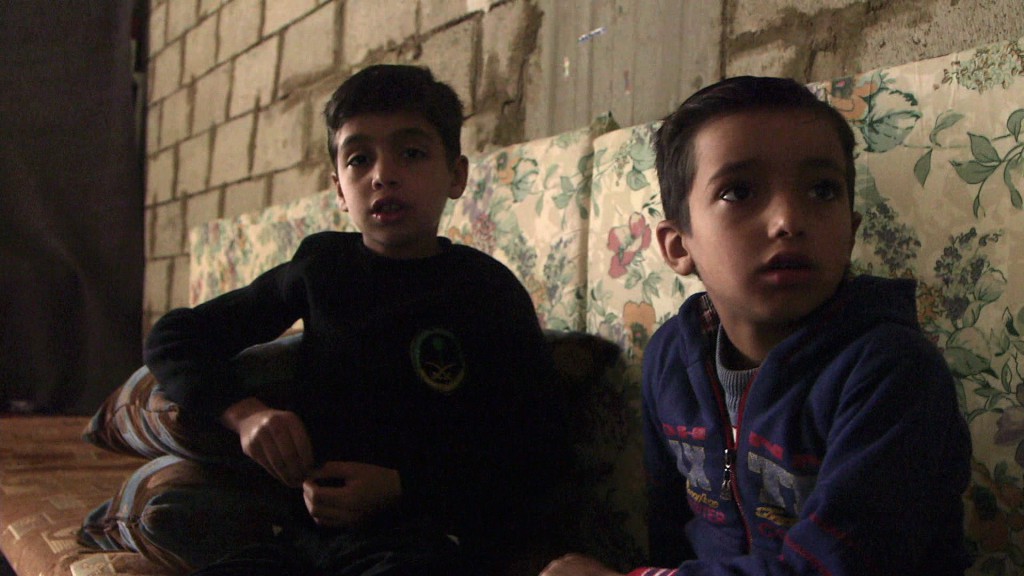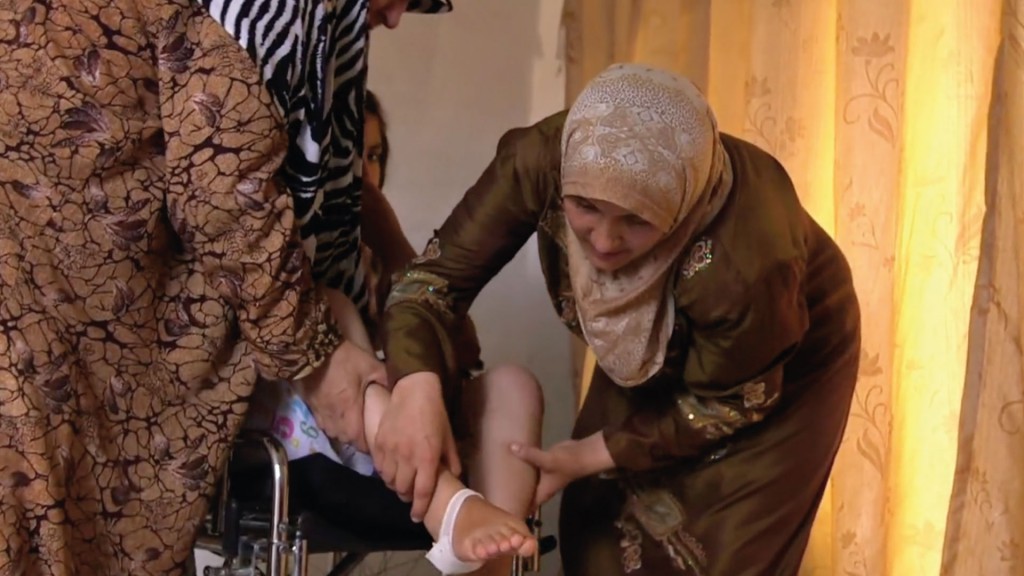Nasan Tur, Political Supporters, 2016
Nasan Tur’s works reflect the political and social conditions of our time. In his works the artist thematises symbols of power and affiliation, which are omnipresent both in the cityscape and the media. He investigates the individual options ranging between acting in public space and doing nothing, between distance and affiliation. Nasan Tur succeeds in articulating his close observation of social phenomena and concrete social conditions both incisively and poetically in installations, photographs, objects and participatory projects. At the Garage and the Galerie of Kunst Haus Wien he presents photographs from his latest series as well a new video for the first time.
Works from Nasan Tur’s series “Political Supporters” (2016) are on view for the first time at the Galerie of Kunst Haus Wien. Ten selected photographs show close-ups of human faces. What all the persons portrayed in the photos have in common is their strong, almost exalted facial expression. The photographs show people who support political ideas or campaigning politicians to an almost extreme extent, people who strongly identify with the leading political figure or ideology.
For his portrait series Nasan Tur used found footage from newspapers and magazines. From pictures published with reports on the outcome of elections the artist extracts single faces and focusses on the individual – larger than life. He shows people who feel to belong to a (political) group, who define themselves through their membership to a specific group and distance themselves from others. In his portraits, however, Nasan Tur eliminates the environment, the context, which are of no importance here. The dynamism of the mass, the collective experience of emotion that is generated and activated in political contexts, presents itself at the same time as a both universal and specific phenomenon.
The focus on situations originally captured for press purposes that Nasan Tur chooses, allows to study facial expressions and the physiognomic state of the portrayed persons. They remind of Franz Xaver Messerschmidt’s “Character Heads”, although Nasan Tur does not offer any artistic interpretations in this “studies”. The pictures present photographically captured moments of a real event, extracts from narratives, fractals of a collective emotion. They show eyes and mouths wide open as well as closed eyelids and tears, furrowed brows, a face covered by hands. We use our cognitive empathy to understand what the person feels and try to grasp the emotional state, the political passion of someone we do not know via his or her exalted facial expression. The size of the portraits and the close-up view eliminate any distance. The unknown strangers are exposed to our inquisitorial view; we can study the emotions they show in public.
Nasan Tur stages ten such portraits at the Galerie of Kunst Haus Wien. The portrayed persons are given much room – they stand alone, they are isolated and are thrown back upon themselves. The black and white faces are framed in cyan, magenta and yellow (CMYK is the standard colour model for four-colour printing) – the artist uses this as a means of abstraction in order to reduce any geographic or temporal references. All emotions portraits are dramatically lighted, which lends them an aura and demonstrates in an almost pushy and unpleasant way the emotional dimension of politics.
Source: Kunstforum International
Text: Art Daily, http://artdaily.com.
All images belongs to the respective artist and management.
